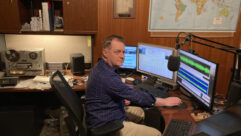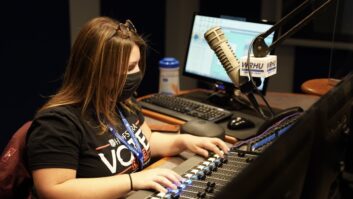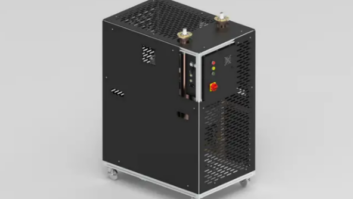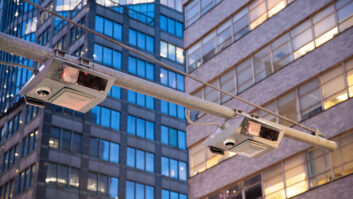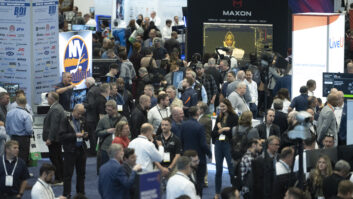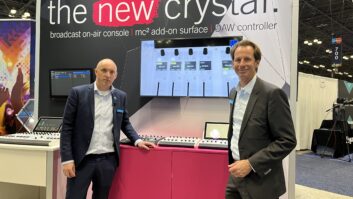
This article originally appeared in TV Technology.
A postgraduate student at Enschede, Netherlands’ University of Twente has developed a chip using four individual receivers to cancel on-channel interference. The device, created by student Michiel Soar, has inputs for four antennas, each with its own adjustable delay circuit, and a combiner to sum the delayed signals from the four antennas. By adjusting the delay on each input to the combiner, an interfering signal can be canceled. Soar’s chip has the ability to change the delays as the signals change, as would happen in a mobile or portable receiver or if an objecting reflecting one of both of the signals (truck or airplane, for example) moved. The principle isn’t new, but until now it was difficult and expensive to implement. Soar’s chip has all the elements needed for a smart beam-forming antenna array on one chip, allowing it to be manufactured “extremely economically and cheaply” according to the University of Twente.
The University of Twente news release “University of Twente Develops Antenna Capable of Remedying Malfunction” offers little technical detail and is a bit difficult to understand until you substitute “interference” for “malfunction” in the English translation.
For a better explanation of how the chip works, including a lab demonstration, see the YouTube video “Antenna Beamforming for Wireless Communications.” In the video it appears that the chip is able to reduce a significantly stronger interfering signal to a level roughly 20 dB below that of the desired signal. The system does not appear to require any special coding of the signals to achieve the interference reduction and works even when the interfering transmitter is close to the desired transmitter.
Bram Nauta, a professor in Integrated Circuit Design at the University of Twente, said, “The product will probably be available on the market within two years.” The university is a participant in the STARS (Sensor Technology Applied in Reconfigurable Systems) project along with NXP, Thales and TNO so I would expect to see the technology commercialized by one of these companies.
More information is available on the RF Lab at the University of Twente and on Michiel Soar’s homepage.




